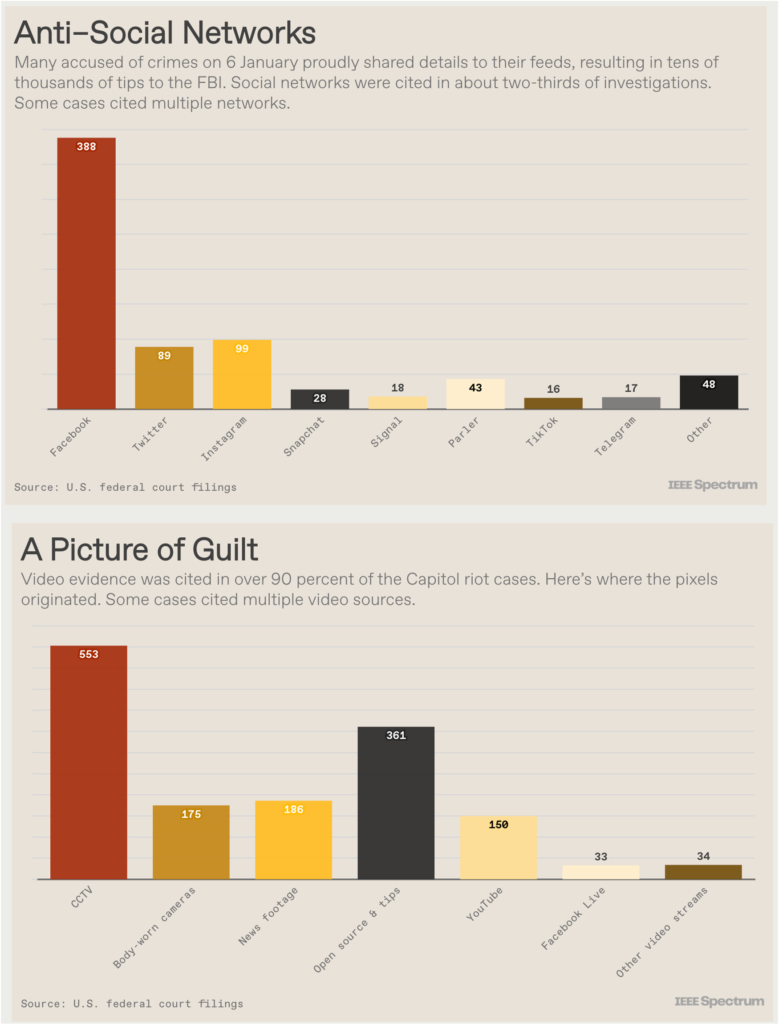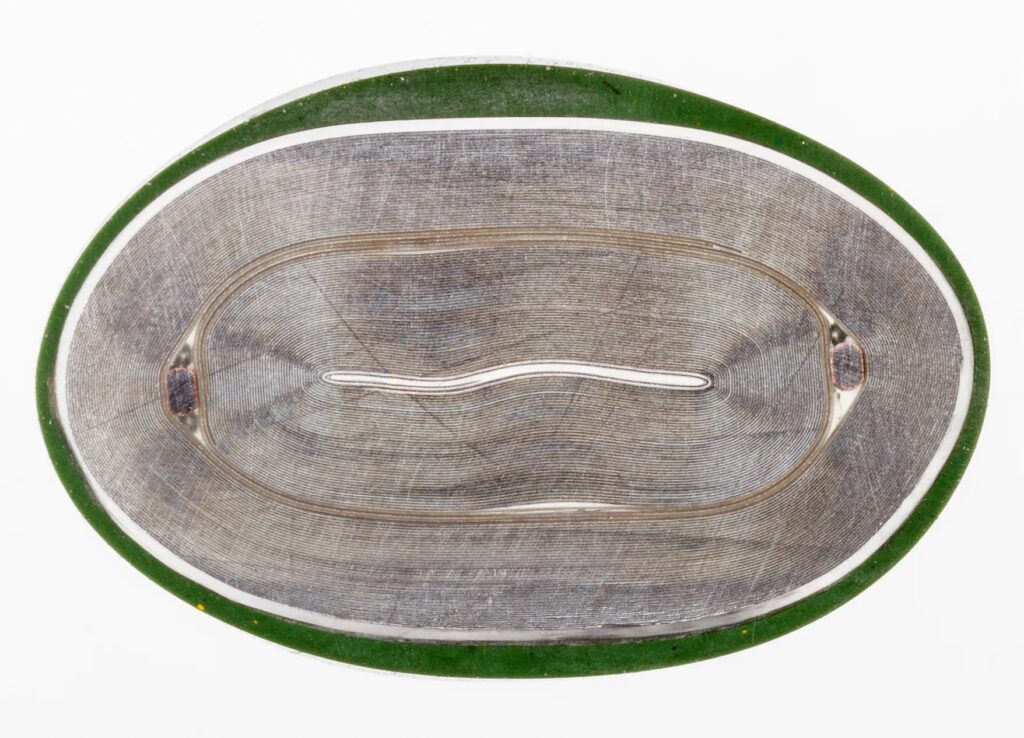The purpose of this CXTech Week 7 2023 newsletter is to highlight, with commentary, some of the news stories in CXTech this week. What is CXTech? The C stands for Connectivity, Communications, Collaboration, Conversation, Customer; X for Experience because that’s what matters; and Tech because the focus is enablers.
You can sign up here to receive the CXTech News and Analysis by email. Please forward this on if you think someone should join the list. And please let me know any CXTech news I should include.
Covered this week:
- TADSummit Special, March 21-23
- DT, Orange, Telefonica, and Vodafone will take equal 25% stakes in the Ad tech joint venture
- CAMARA, Repeating the Mistakes of the Past?
- Avaya Files for Chapter 11 Bankruptcy Again
- HOW POLICE EXPLOITED THE CAPITOL RIOT’S Electronic RECORDS
- Play Infinite Versions of AI-Generated Pong on the Go
- Singapore-based startup Transcelestial raises 10M from Airbus Ventures
- People, Gossip, and Frivolous Stuff
TADSummit Special, March 21-23
We were unable to get every presentation we wanted into TADSummit 2022 in November. TADSummit Special will share 3 insightful presentations. We plan to run them March 21-23, one per day, live (and recorded), starting at 11AM ET, 8AM PT, 5PM CET. Register for TADSummit Special here to receive the URL for the live session.
Tuesday 21st March. The EU Cyber Resilience act – what does it mean for IP communications?
Olle Johansson, Experienced consultant in network security and real time communication – PKI, webrtc, SIP , XMPP. Kamailio and Asterisk expert.
Sandro Gauci, CEO / Senior Penetration Tester / Chief mischief officer at Enable Security
The proposed EU cyber resilience act (CRA) is a new legislation that will soon come into force. The act gives vendors a huge responsibility for the security features in sold products and gives customers a transparency into the products as well as five years of free security upgrades for all products. Manufacturers (and distributors of non-EU products) will have to implement vulnerability handling processes, be transparent of components in their products and implement security by default in all products.
What is the current state of IP communications? How will CRA affect everything from phones, to apps , servers and Open Source projects? Will the CRA lead to more secure communication or just be a blocker for innovation and progress?
Learn what the CRA means for you and your company, for manufacturers and for the market in general.
Wednesday 22nd March. Silent Authentication: The Good, The Bad and The Ugly!
Eric Nadalin, CTO, co-founder tru.ID, and Gentleman Farmer
<Content coming soon>
Thursday 23rd March. Why many conversational AI providers are ditching commercial platforms and moving to open source — and why you should too!
Dave Horton, Creator of drachtio.org, the open source framework for SIP Server applications
- Voice is moving from a tick box item to an expressive and differentiating feature for conversational AI providers
- Several of the “Gartner Magic Quadrant” conversational AI companies are creating game-changing voice features by adopting open-source platforms like jambonz to power their voice strategy
- Why (and how) are they doing this? What are the key benefits they are seeking?
DT, Orange, Telefonica, and Vodafone will take equal 25% stakes in the Ad tech joint venture
Finger’s crossed the industry has learned from previous experiences over the past 15 years. Finding a place within the well-established advertising industry where customers, brands, ad networks / exchanges, etc. all experience value.
The customer opt-in can be tricky, as for most customers it’s an opt-don’t. Only a niche will configure their preferences, typically the engineers working on the platform.
Weve stopped serving ads in 2018 because the carriers decided to keep their customers’ data internal. AT&T and Verizon have had their struggles with ad-tech (AppNexus) and media. I’ll not bore you with a potted history of all the endeavours. If there is one common mistake, carriers need to add value within the existing ecosystem, rather than attempt to define a new advertising ecosystem with them at the center.
Absolutely telcos should seek a role in this large ecosystem beyond internet access. There’s lots of experiences to draw upon in that search. I’d recommend focusing on identity, that’s where carriers have defensible value. Perhaps they’re hoping regulators will mandate their position?
CAMARA, Repeating the Mistakes of the Past?
Omdia have produced a report, “Northbound exposure – how NEF and CAMARA can enable telecom’s platform play.” Looks like Amdocs and/or Nokia are spending some marketing $$$ to position themselves as the solution for implementing CAMARA. Both Amdocs and Nokia have danced around service exposure for the past 15 years, e.g. Amdocs bought jNetx in 2009.
Whenever I see an analyst report I’m reminded of Krish Prabhu (retired CTO of AT&T) who would refer to “analyst firms” as “marketing organizations.”
I’d hoped the industry would have tempered CAMARA by now. The derision after the CAMARA session at Network X, where some telcos were openly laughing at OneAPI 2.0 repeating the mistakes of the past.
In the report there was no mention of why OneAPI failed, and how CAMARA can avoid those mistakes. Though there is mention of WAC (Wholesale Application Community). WAC was many things through its history: mobile gaming, app store, and finally OneAPI.
When WAC and Sonoa Systems (Apigee) ‘joined forces’ an API management platform was spun as a CPaaS. To this day I see the legacy of telcos buying Apigee and then realizing its not a CPaaS.
Ignore the WAC / Apigee mess. OneAPI is directly comparable to CAMARA. The current approach does appear to be repeating the mistakes of OneAPI across people, technology and process.
I’m not saying don’t to something in this space, but don’t repeat the mistakes of the past. Why is a standard required when the use cases are not yet defined? Why not simply experiment and find viable businesses with partners / vendors and then make the API defacto like the web, c.f. Twilio?
If CAMARA is really targeting developers as one of the target API consumers, and given most telcos have not identified developers as strategic to their business, ideamart.io being an exception. How is this ever going to fly? It looks like history is being repeated, again.
Below you’ll see an interesting discussion from James’ Linkedin post on the report.
Avaya Files for Chapter 11 Bankruptcy Again
In CXTech Week 31 2022, I predicted Avaya would re-enter Chapter 11 bankruptcy; not really a prediction, a statement of the obvious. Basically, it sells itself to its creditors, shareholders lose everything, and they lay off more people to align costs and revenues. Q4 revenues were down 36% year on year. I explained the systematic change in the industry through COVID in the CXTech Week 31 2022 newsletter.
The thing that is different this time is customers are now voting with their feet. Previously, most were confident of Avaya’s return and the portfolio would update and remain relevant. This time customers are less confident.
HOW POLICE EXPLOITED THE CAPITOL RIOT’S Electronic RECORDS
An excellent article from the IEEE reviewing how the devices and apps we use enabled evidence to be gathered on the capital rioters. Facebook, mobile network location and device location data – augmented with Google Maps data (beyond GPS, it also includes WiFi and bluetooth so works when phones are in airplane mode), CCTV, etc.
One of the biggest innovation in the 6 January investigations was nothing that law enforcement itself did, but rather the general public’s response. Using tools and processes pioneered by open-source investigation organizations like Bellingcat, websites such as Jan6attack.com and Sedition Hunters provided a forum for ordinary people in the United States and around the world to analyze and speculate (sometimes correctly, sometimes wrongly) on the identity of rioters. The FBI cited such efforts in 63 legal documents.
Geofence warrants were used extensively in the search for evidence, however, some federal courts considered them unconstitutional, while others continue to permit their use. Similarly, some jurisdictions are limiting the retention of ALPR (automatic license plate reader) data by law-enforcement agencies and the use of facial-recognition technologies by police. Meanwhile, private companies are mining ever more open-source images and location information for profit.
In the eternal struggle between security and privacy, the best that digital-rights activists can hope for is to watch the investigators and private companies (more regulation is required here) as closely as they are watching us. And as I’ve advised for over a decade, don’t use Facebook, it’s not good for your mental health.

Play Infinite Versions of AI-Generated Pong on the Go
I thought of Steven Goodwin when I read this IEEE article, because of his FOSDEM presentation.
The most critical element of the whole project was creating the prompt that is transmitted to the OpenAI Codex every time we want it to spit out a new version of Pong. The prompt is a chunk of plain text with the barest skeleton of source code—a few lines outlining a structure common to many video games, namely a list of libraries we’d like to use, and a call to process events (such as keypresses), a call to update the game state based on those events, and a call to display the updated state on the screen. It produces a workable Pong game 80% of the time!
Singapore-based startup Transcelestial raises 10M from Airbus Ventures
Congrats to Chip Wilcox from Trancelestrial, and is also part of the TADS community 🙂
Transcelestial’s technology is basically fibre optics going wireless. Instead of shooting light through cables, it is shot wirelessly from a device the company named Centauri and is installed on top of buildings or cell towers
The funding will be used to boost internet infrastructure in Southeast Asia and India.
Free Space Optical (FSO) is not new. Blue green lasers for submarine communications have existed for three plus decades. However, there have been, usually every decade, another go at FSO with too much hype and wishful thinking. Perhaps this time it’s different with a more focused approach. No wild claims of disrupting the broadband industry.
People, Gossip, and Frivolous Stuff
Tamara Casey is now President AURA Ventures at AURA Network Systems. I helped Tamara when she ran 4DK over 15 years ago.
Patrick Ward is now Head of Product & Strategy at SentiLink. I’ve known Patrick since his time at BCG. Sentillink provide identity verification services to financial institutions, like Telesign and Prove.
David Vigar is now VP & GM, RouteMobile. Previously he was with Twilio, before that Google, and where I got to know him Nexmo. Generally heading up carrier relationships.
Jackson Malunda is now Sales Director at Cellulant. We connected during TADHack Zambia in 2016.
Cyrille Manente is now Development Director at Cogisys. I’ve known Cyrille since his time at SFR.
Komang Aryasa is now Executive Vice President at Telkom Indonesia.
The inner beauty of passive electronic components, another great IEEE article.

You can sign up here to receive the CXTech News and Analysis by email